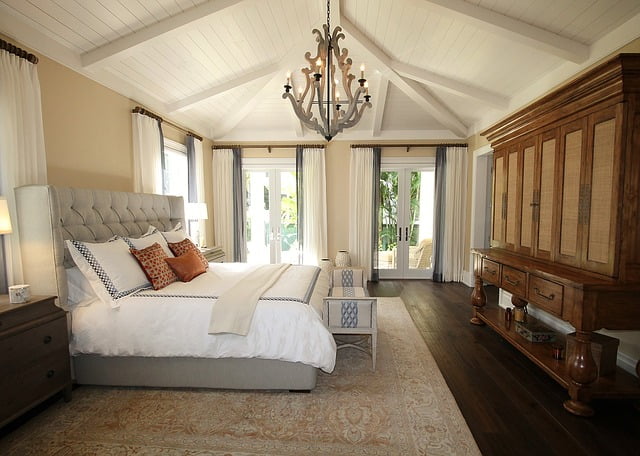If you’ve never been cold in winter because of windows warmth leaks, you can stop reading now. For those of us who have experienced this, Shiny Team has gathered recommendations and info about the most energy efficient windows.

You probably do know that not all windows are created equal. Some might have specific industrial design features that work best for blocking UV or letting it go through, etc. So lets first make sure we understand all the different type of windows first.
Types of Window Frames
Wood Frames. Windows made of wood always look warm on their own. You can play with them in terms of colours etc. However, they do need maintenance and control from human side. Also, even though they are relatively energy efficient, the nature makes them expand and contract depending on the weather and that might create leaks, unless you make sure everything is sealed.
Composite Frames. From perspective of production, these are the next step of evolution of wood frames. Being made of particleboard and laminated strand lumber, these became much more energy efficient windows than the common wooden ones.And they have better moisture resistance.
Vinyl Frames. Usually vinyl frames are made of PVC with UV coating that prevents the material decay under sunlight. Its internal hollow cavities can be filled with insulation, making them much more energy efficient than wooden and composite windows.
Metal Frames. These are often made of aluminium, which makes them light, strong and almost maintenance-free. However, metals are great heat conductors. That means these frames must have an additional insulation for ensuring your heating is not wasted on making the outside world warmer. It is usually made of plastic.
And then there is another different type of windows – Fibreglass Frames. Unlike wooden frames, they stay the same size all year round, and being metal-free, they do not waste your heat. In addition, they are paintable just like wood frames and can hold even the largest pieces of glass due to the specifics of the material.
So these are the main types of windows. But the structure and material of frame are not the limit on your way to making sure all energy is used wisely. The most energy efficient windows are those, that combine several techniques and benefits of materials to become seals of your house and guards of warmth.
Here are the main ways of increasing energy efficiency of window frames:
Insulation
Well, this is quite simple but still. The principle of trapping air between glass was used for quite a long time now. Most of wood frames use this principle (that explains why old houses have double windows). Having an extra layer of air keeps heat from travelling too fast beyond your windows. Today this concept is trapped within one window frames and not two. If that is still not enough, you can get low-emissivity coating on any insulated glazing. It usually is a micro-thin layer of metal oxide. Don’t mind the price, because these little wonders reduce heat loss by 30%-50%. So if you live in an extremely cold place, that might be your solution.
Gas Fills
Works on insulated glazing and essentially is a gas filling, gas layer between glass panes that blocks heat much more effectively than air. Usually, manufacturers use argon or krypton.
Heat-absorbing Tints
Changing the colour of the glass actually influences the way light and heat travels through your windows. So depending on your needs you could decide to get slightly coloured glazing and benefit from the laws of physics and optics. However, you would have to think well beforehand on the colour and its effects – changing the tint means changing the whole glass.
Reflective and Spectrally Selective Coatings
These two are the next step in evolution of tinting glass. The main goal was to give the needed properties to glass but with minimal visual effects, it is an upgrade from tints. The benefits are precise control over what gets through your windows to either way. Such coatings can block only certain rays or spectres. That means people with UV sensitivity can still have large windows – coating will block as much of UV light as you want. These properties also dramatically influence heat flow and help making almost any type of windows energy efficient.
There you go!
Make your winters nice and warm and your bills tidy and short with the most energy saving windows you can think of by combining the methods described above. We hope your winter will be warm and filled with joy and wish you happy holidays!
Tags: different types of windows, energy efficient windows, energy saving windows, energy windows










Leave a Reply